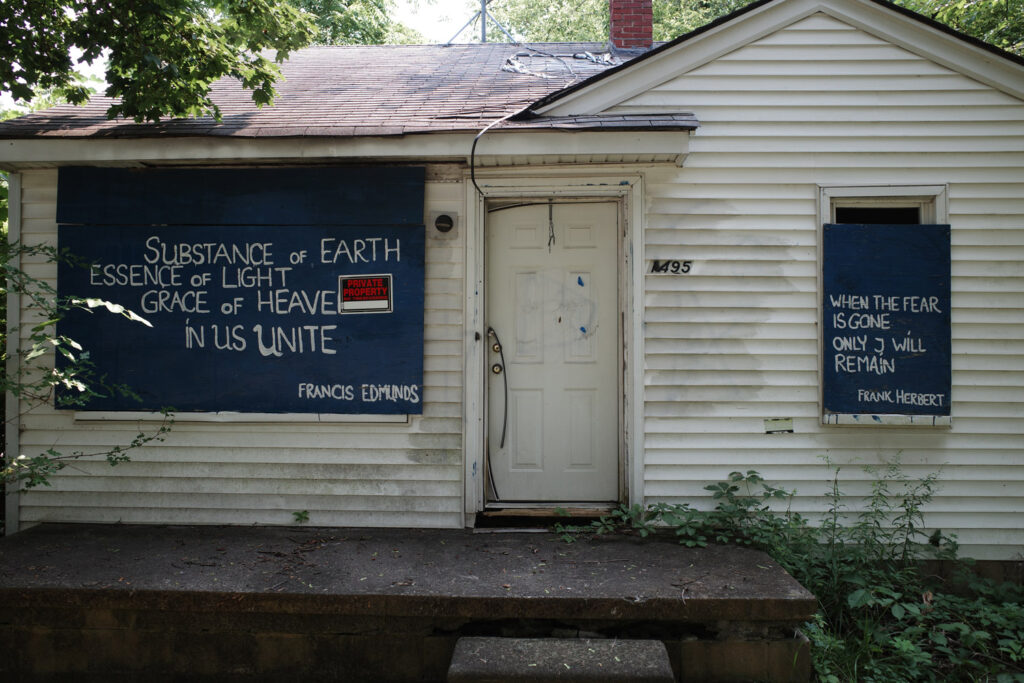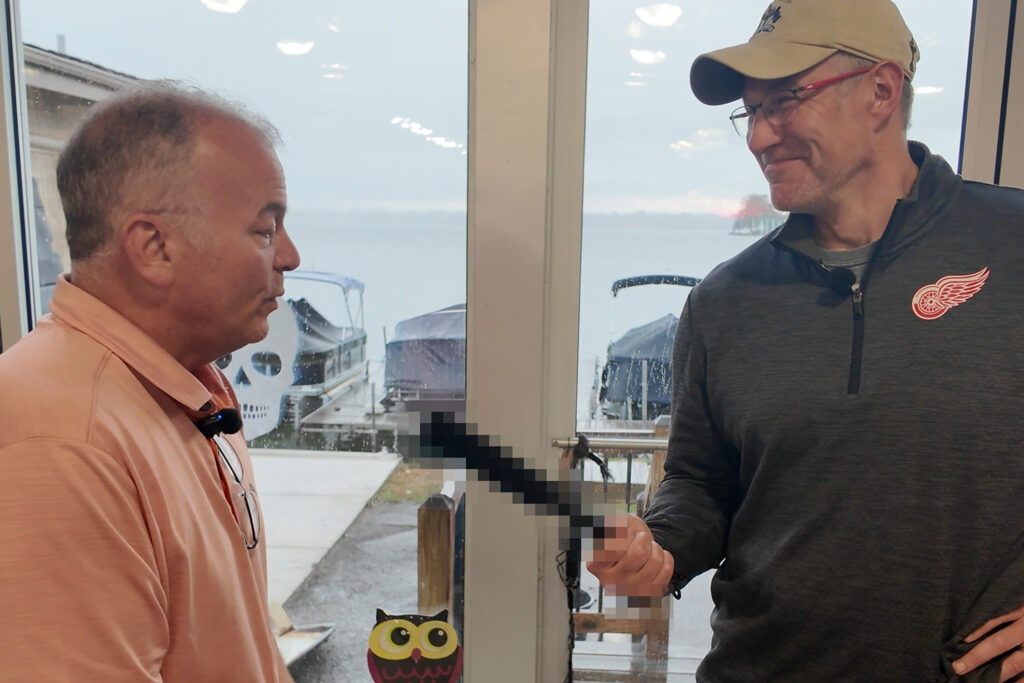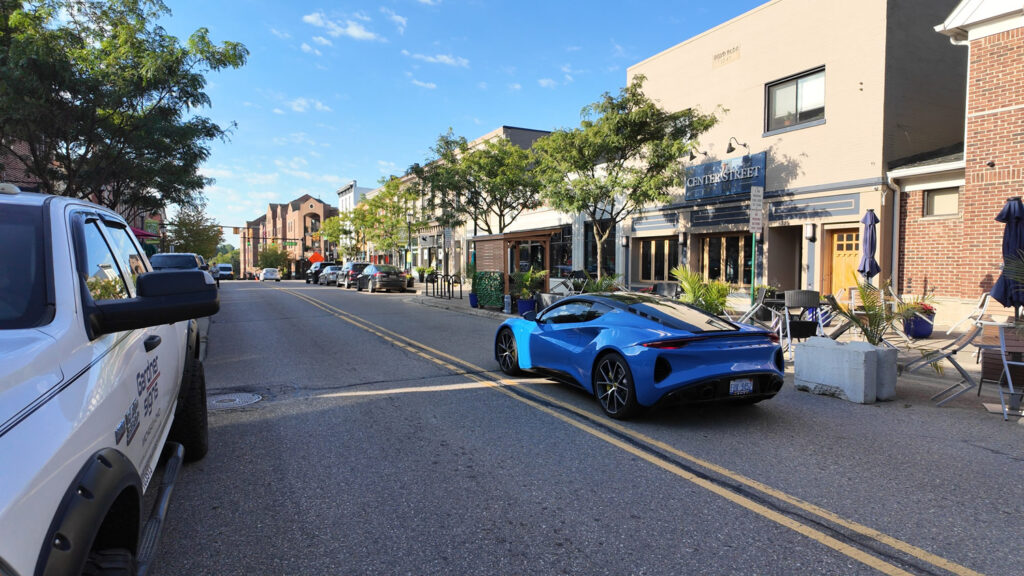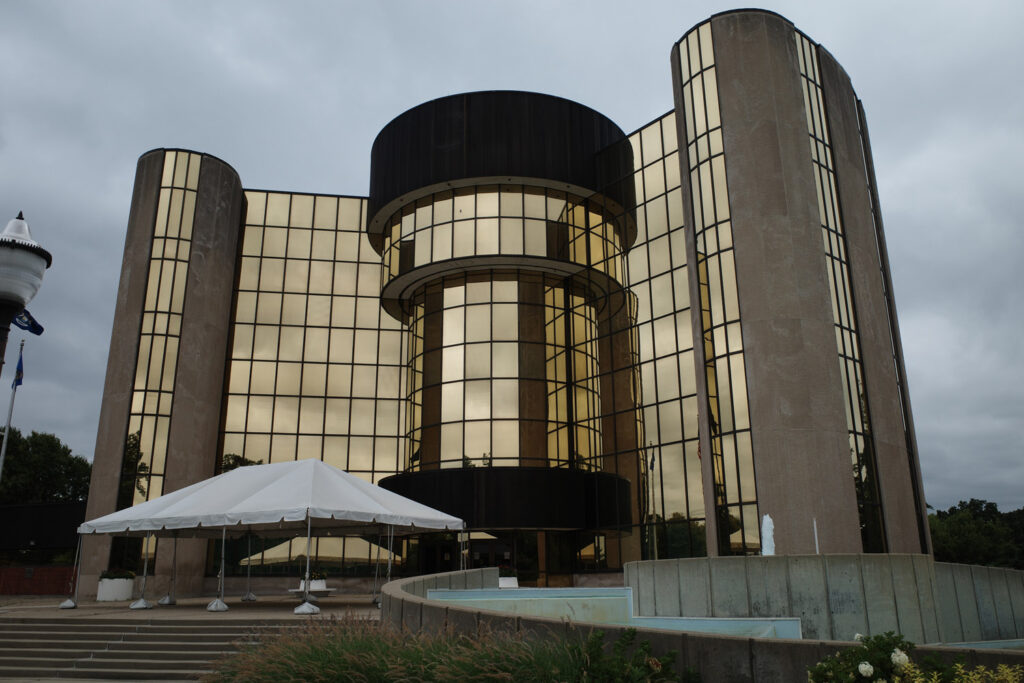Detroit – So many people talk about how there are two Detroits. The city’s professional elites are concerned only with improving downtown, while the plights of the neighborhoods are ignored.
But a third Detroit might also exist on the western outer rim of the city, dismissed by everyone. Brightmoor.
Formerly an inexpensive housing development for white southerners looking for automotive jobs during the Great Migration in the 1920s, Brightmoor was constructed on 160 acres of land purchased from Redford Township by prominent Detroit home builder Burt Taylor.
Within a few decades, Detroit’s white flight pulled more affluent and upwardly mobile residents out of the area. A drastic population decline proceeded an eye-bulging structural decay, leaving rows of abandoned and burned-out homes, ultimately becoming an urban wasteland.
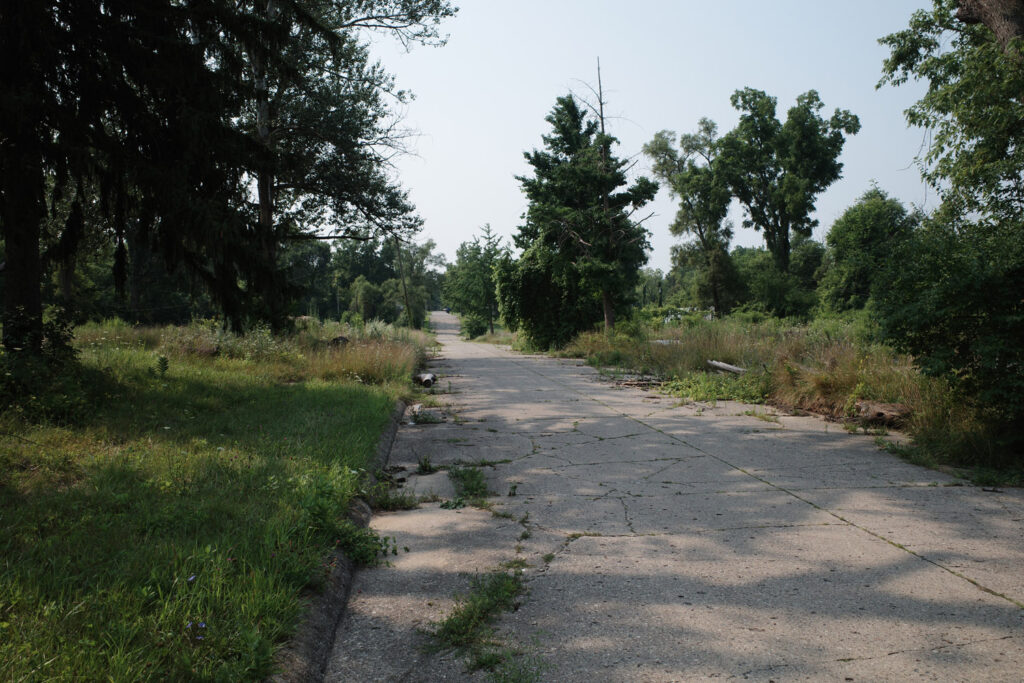
By the late 1980s, Brightmoor had become Metro Detroit’s drug den and a no-go zone for the average normie. The name of the community rang ominously in the ears of Gen Xers.
There’s a more ominous reason it’s fallen off the map: Few people drive through it, and fewer still live there. It’s not quite a ghost town, but pretty damn close, and there is a chilling silence that can make the hair on your neck stand up.
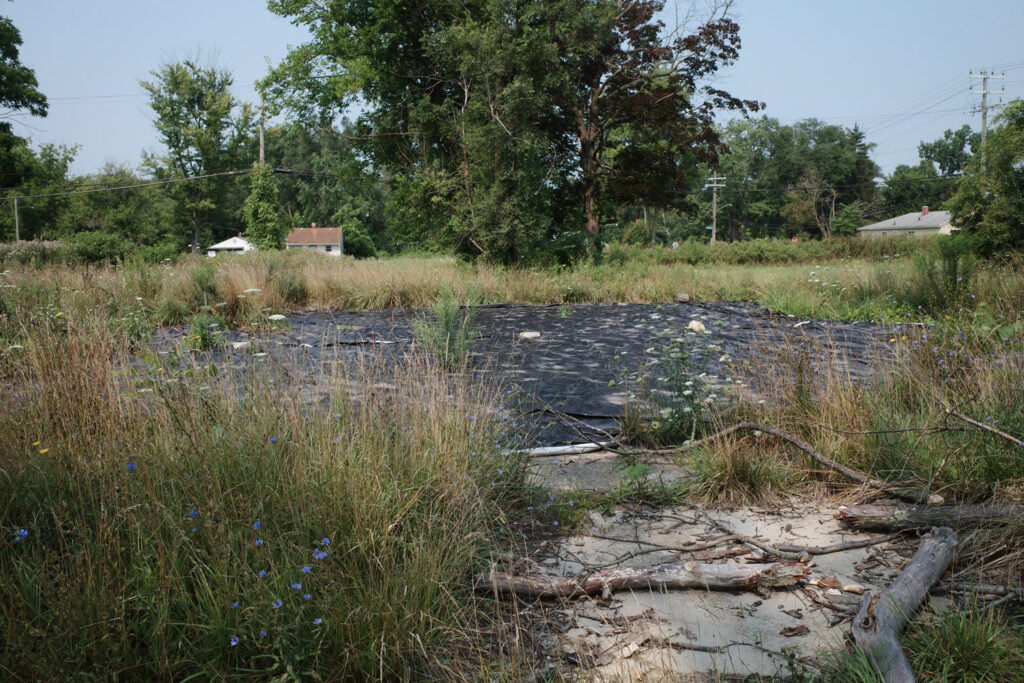
Only a remnant of a community remains, with large city blocks overgrown with grass several feet high and the frames of long abandoned homes becoming part of the natural setting. Within the deep confines of the area, a person can lose their bearings and forget they’re in Michigan’s largest city.
Being familiar with Brightmoor after 23 years of surveillances in the area is one thing, but I was fortunate to tour the neighborhood with a community leader working to safeguard the neighborhood from further decline.
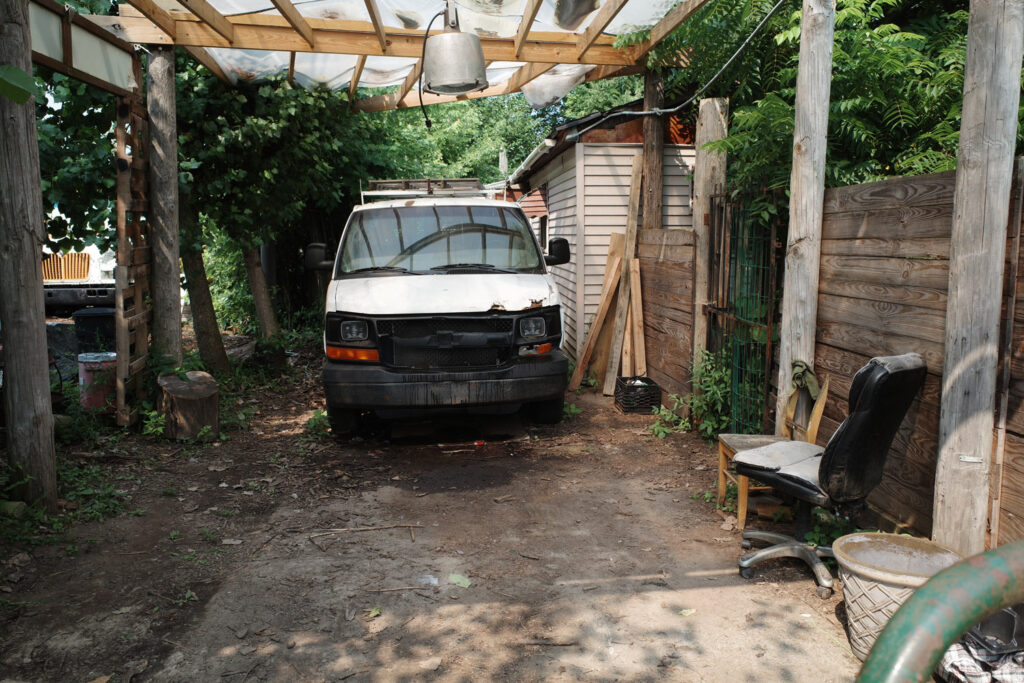
Jonathon Pommerville is a third-generation resident of Brightmoor. A business owner, social-media influencer, and former candidate for Michigan’s 13th congressional district, Pommerville has spent years fighting for the community, but lately he’s become frustrated and dismayed.
“Businesses and people use Brightmoor as a dumping ground. I’ve worked with city to help bust dumpers, and catch them in the act, but there’s little effort beyond that.”
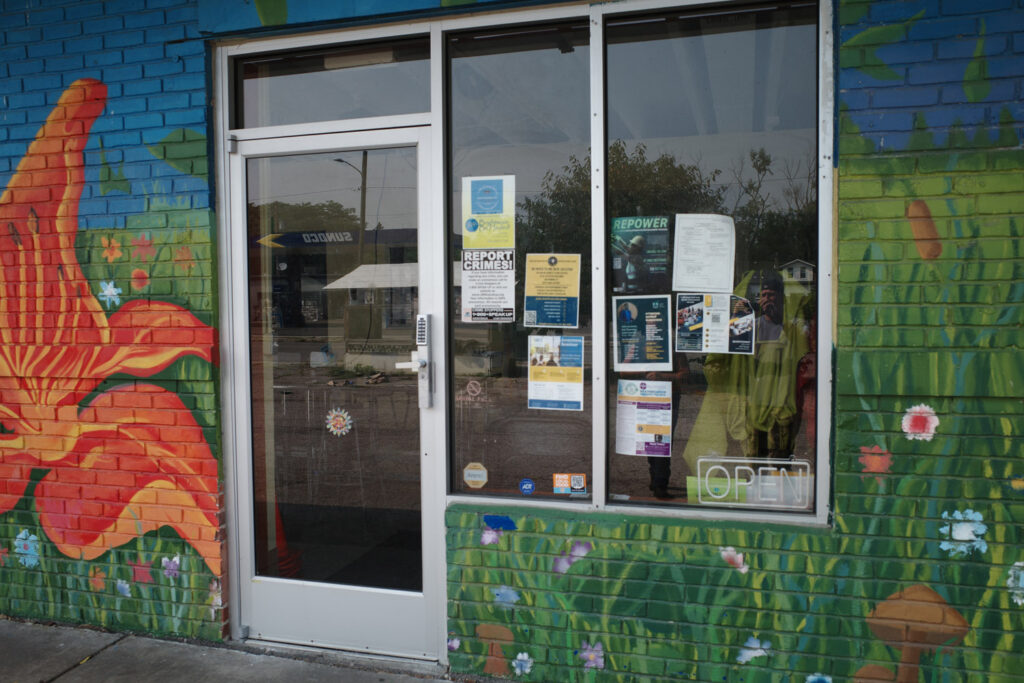
Pommerville took me to dumping hot-spots in Brightmoor where he helped pinpoint illegal activity for the City of Detroit, and, indeed, the street level surveillance cameras were dismantled and unhooked.
Due to the vast empty city streets and overgrown property, construction, automotive, and a litany of other companies are able to dump their waste mostly unseen. In fact, during our tour of the area, we found a chopped-up car frame likely dumped within the last 24 hrs on the side of Bentler Street and the I-96 Service Drive.
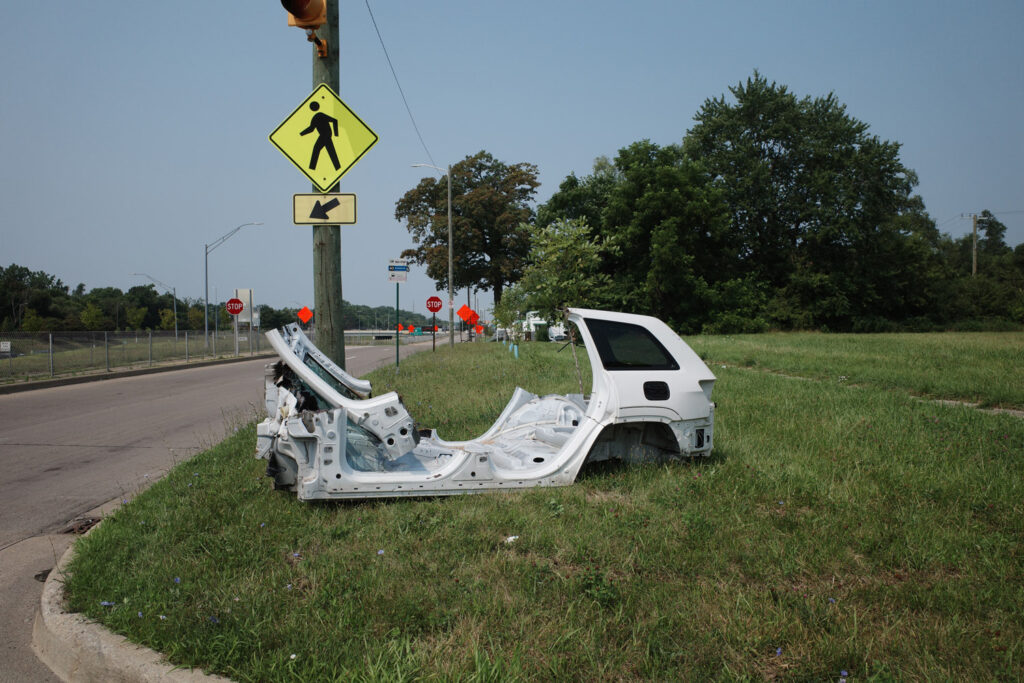
“They remove the vehicle identification numbers, pull off everything of value, dump it within minutes, and they’re gone,” he said.
Without help from the city, charitable groups have entered the community looking to help, but according to Pommerville, there are ominous cultural and political strings attached.

Brightmoor Artisian Collective is a nonprofit farming initiative currently controlling several tracks of property lots by way of agreements with the Detroit Land Bank. In partnership with Neighbors Building Brightmoor, the BAC has sought to create and promote urban farming in the community and bring healthy food to the low-income residents of the area, but with a slight caveat.
Pommerville, who is white, has been blocked from joining “The Collective,” as it’s called on the street. Other residents of Brightmoor have also been blocked who also happen to be white.
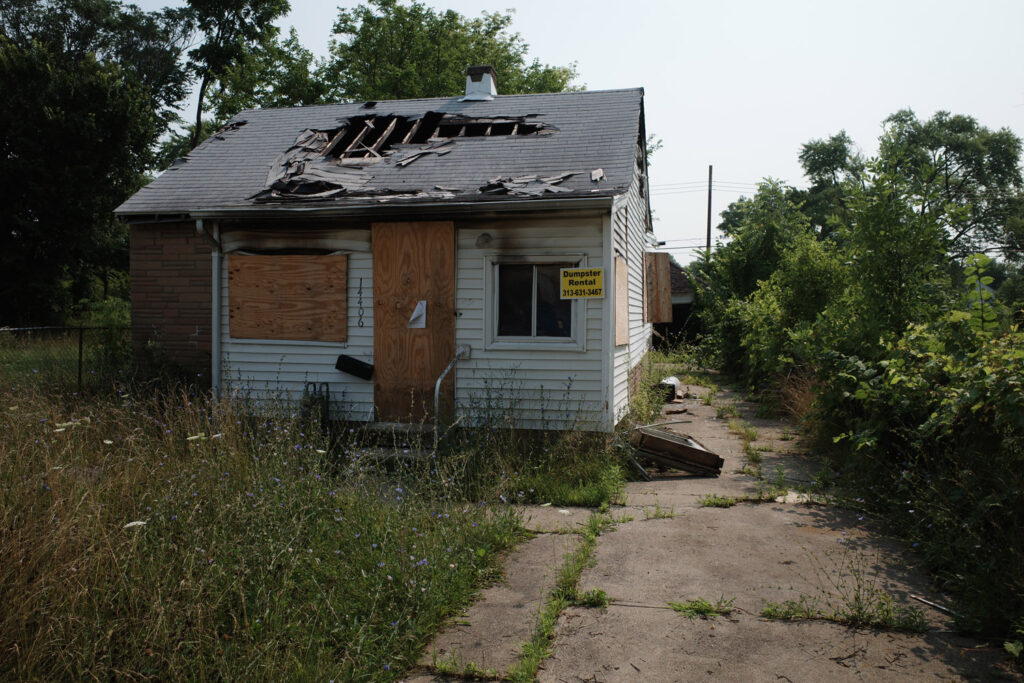
A nonprofit using race to exclude certain residents seems hard to fathom, except that their mission statement makes that exclusionary model quite clear:
“The Brightmoor Farmstead Incubator Project is an initiative of Brightmoor Artisans Collective (BAC) designed to support and empower empower BIPOC (Black, indigenous, and people of color) residents of the Brightmoor area. Our goal is to promote food system equity and economic development in our neighborhood by assisting BIPOC residents in establishing an agricultural community land trust and producer’s cooperative comprised of local BIPOC farmers.”
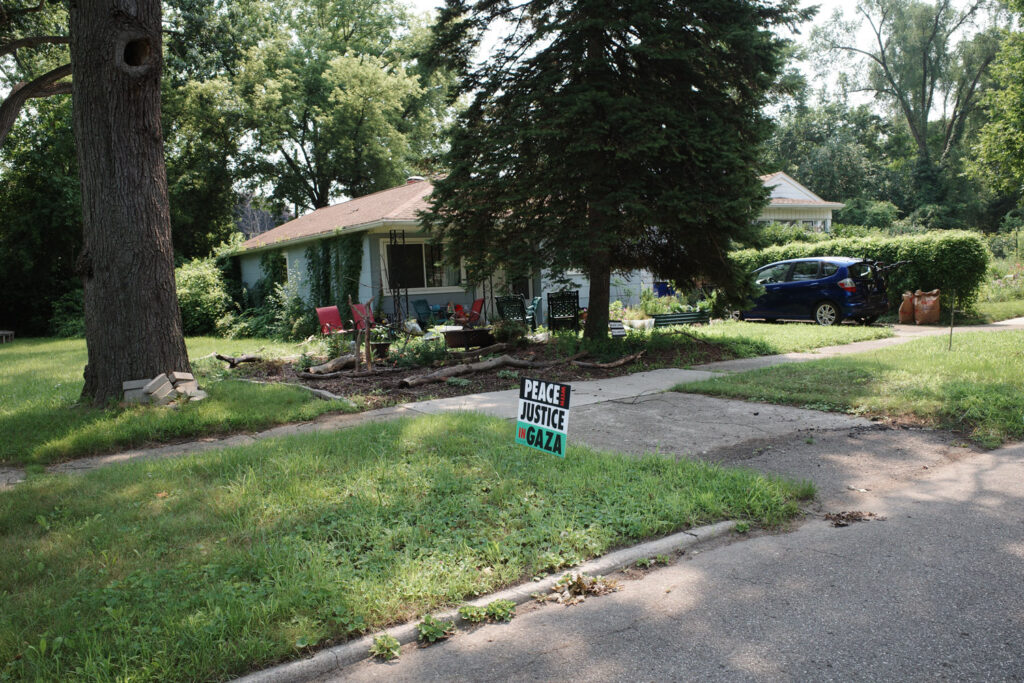
Set aside the outdated and bizarre language, and the mission is quite clear: This collective is not for white Brightmoor residents, which make up approximately 16% of the community, despite the very real fact that everyone in Brightmoor is the same level of poor.
Even more ironic, but not surprising, is that the BAC is administered by a white woman, Rachel Meeker, who is named as the executive director of both the BAC and Neighbors Building Brightmoor.
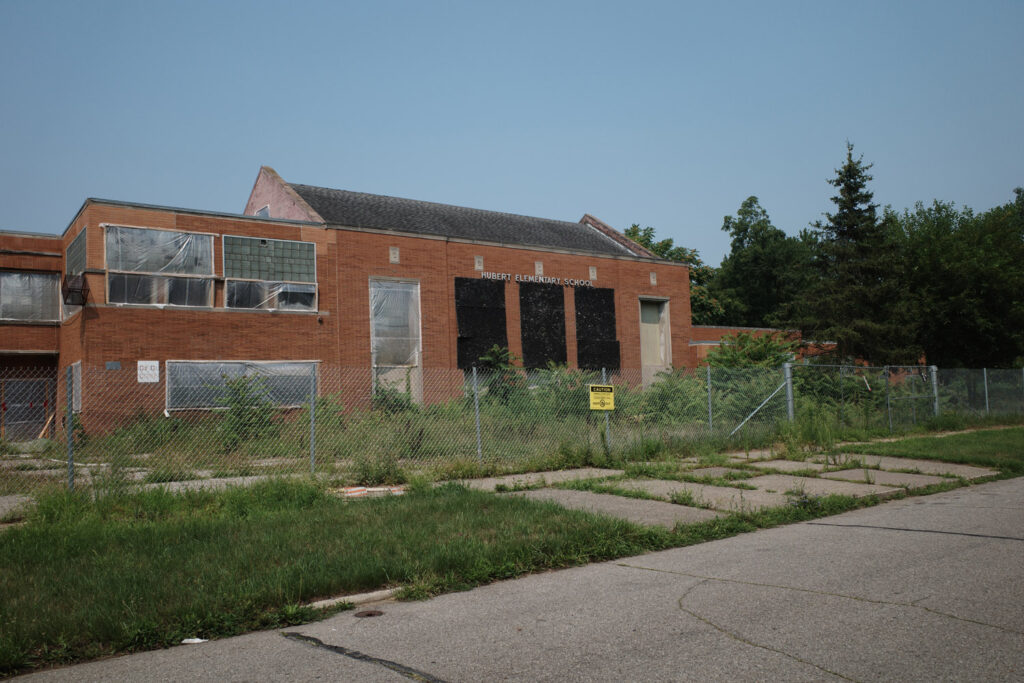
Pommerville claims he and others have been excluded from joining the farming community based on skin color and was explicitly told this by Meeker herself during community meetings.
Repeated attempts to reach Rachel Meeker for comment, or anyone associated to the BAC, have gone unanswered.
Additional changes may be coming to the area that might not bode well for area residents.
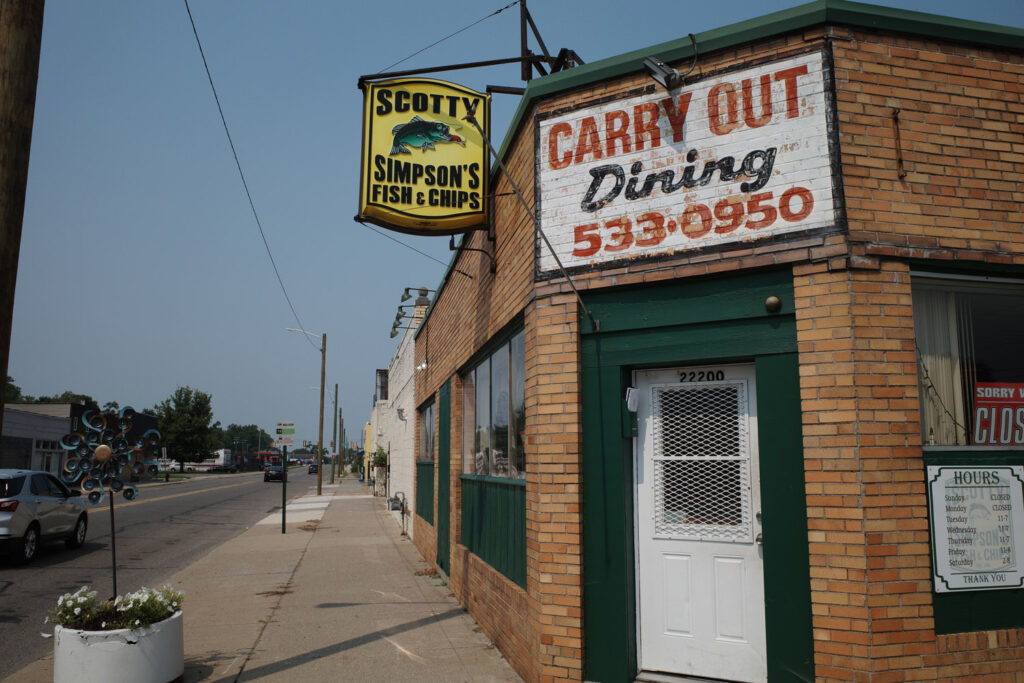
The Brightmoor Framework plan, initially proposed in 2023, is focused on redeveloping the empty city blocks with affordable and sustainable housing, and discussions for what that may entail are ongoing within Detroit and Lansing.
But Pommerville and others in the area see the writing on the wall and have taken note of the language used by officials during neighborhood meetings. Several faith-based NGOs have been touring the area and looking at the vast open space.
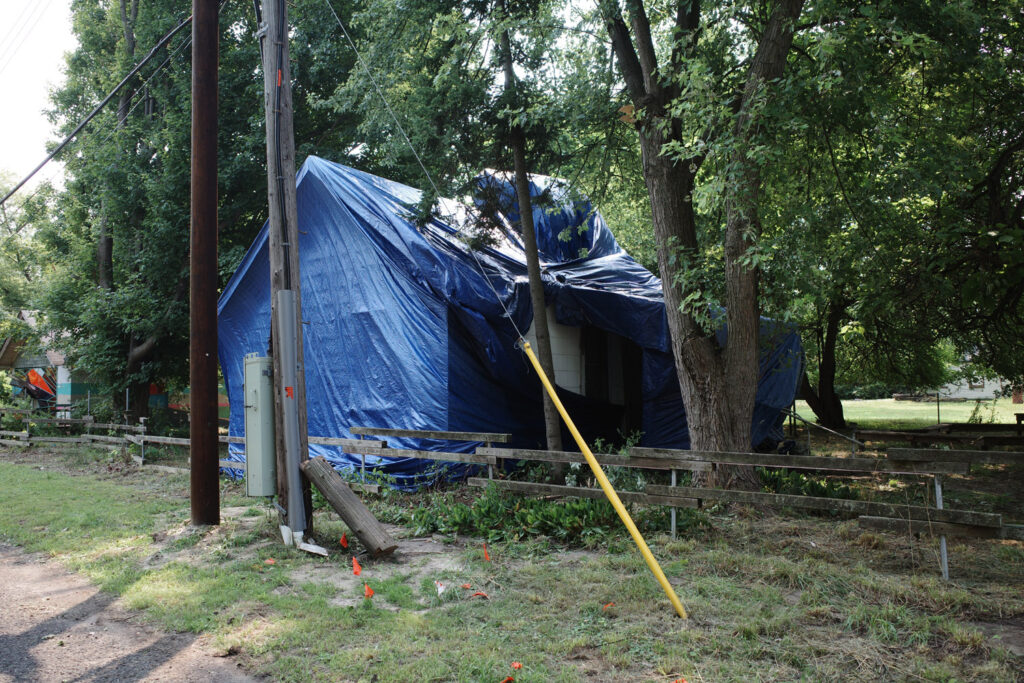
The mission seems obvious to residents: Newcomers, which is two say, illegals claiming refugee status, could be housed in Brightmoor.
The reality seems quite apparent as Pommerville and I drove through the area, noting the massive huge amount of unused green space, and I entertained a possible clash of progressive ideas.
Redevelopment for illegal immigrants vs. sustainable green-space BIPOC farming: How do those two tracks cross in the future? Do they include that small white minority in Brightmoor?

Our final stop along our tour was the locally famous Scotty Simpsons Fish & Chips, in business since 1950 and a small slice of home for post-World War II Scottish immigrants.
The last true draw for the community, and currently owned by Harry Barber, who started washing dishes at the restaurant as a teen in the 1950s. Still in operation all these years, the one constant in a community ravaged by crime, decline, and heartbreak. One of very few businesses that stayed when everyone ran for the hills.
Unlike the Brightmoor Artisan Collective, Scotty Simpson’s serves all.
Jay Murray is a writer for Michigan Enjoyer and has been a Metro Detroit-based professional investigator for 22 years. Follow him on X @Stainless31.
